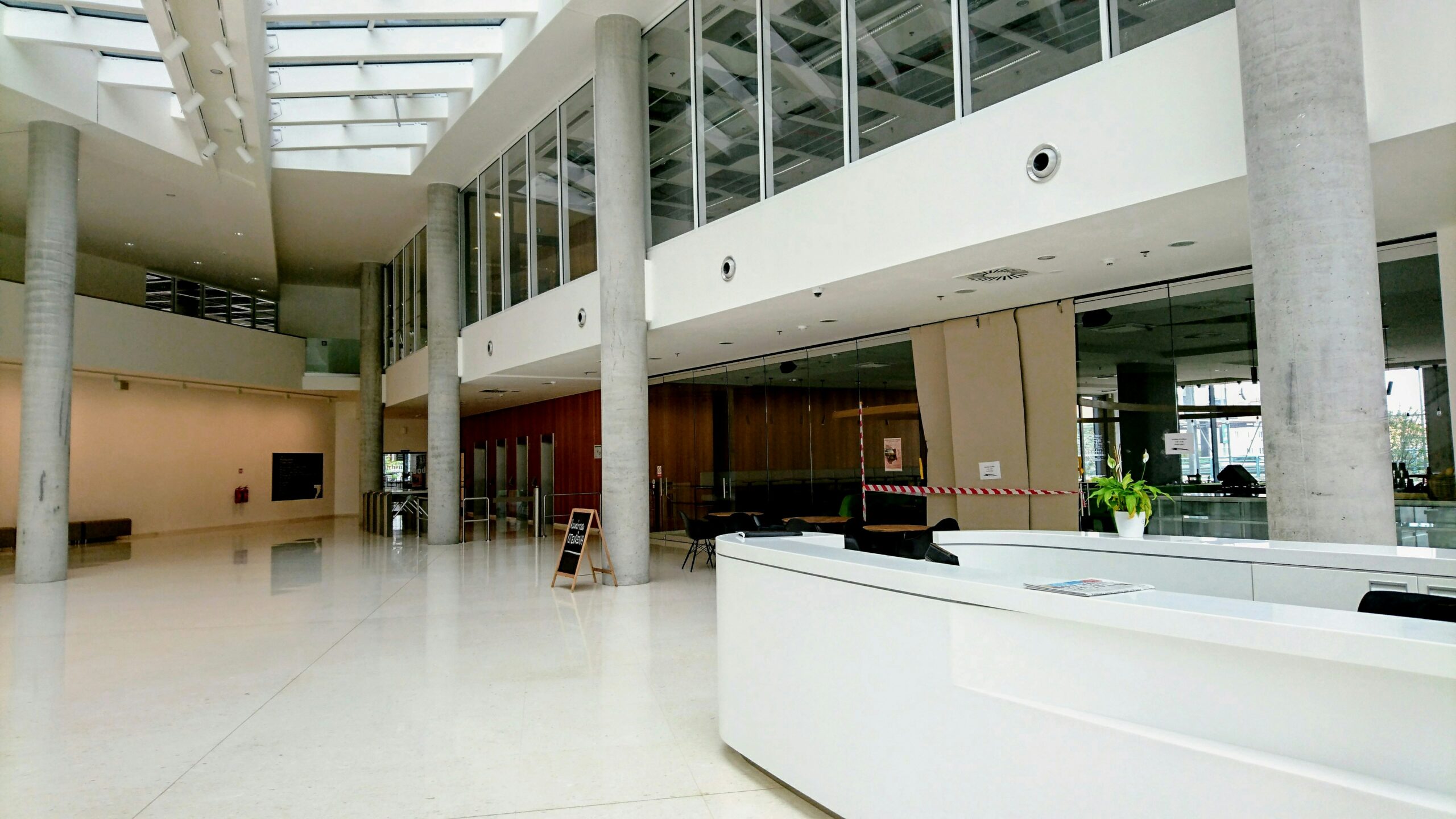Imagine standing on the grandeur of Mount Shasta, surrounded by majestic peaks and breathtaking vistas. As you look out at the vast expanse before you, the question lingers in your mind: is there cell phone reception on Mount Shasta? In this article, we will explore this query and delve into the possibilities of staying connected amidst nature's splendor.

Overview of Mount Shasta
Mount Shasta, located in northern California, is an iconic peak known for its majestic beauty and challenging climbing routes. Standing at a towering height of 14,179 feet, this volcanic mountain attracts mountaineers from all over the world. However, before embarking on your Mount Shasta adventure, it's important to understand the geographical location, climbing trails, and typical weather conditions of this magnificent mountain.
Geographical location
Nestled in the southern end of the Cascade Range, Mount Shasta is situated in Siskiyou County, California. Its unique position near the border of Oregon makes it easily accessible from both states. The mountain's distinct conical shape dominates the surrounding landscape and offers breathtaking panoramic views.
Height and climbing trails
As mentioned earlier, Mount Shasta towers at an impressive height of 14,179 feet, making it the fifth highest peak in California. With such elevation, climbing Mount Shasta requires skill, experience, and careful planning. There are multiple climbing routes available, ranging in difficulty levels to cater to different types of climbers.
The most popular route is the Avalanche Gulch, which offers a challenging yet rewarding experience. It starts from Bunny Flat, following the Sierra Club Hut Trail and ascending through the Avalanche Gulch. Other notable routes include the West Face, Hotlum Glacier, and Casaval Ridge. Each route has its own unique characteristics, providing climbers with various options based on their abilities and preferences.
Typical weather conditions
Mount Shasta's weather is known for its unpredictability and rapid changes. Climbers must be prepared for extreme temperature variations, strong winds, and sudden storms. The mountain creates its own weather patterns, making it crucial to keep a close eye on weather forecasts and be flexible with climbing plans.
During the summer months, Mount Shasta experiences relatively dry and mild conditions, making it the preferred time for climbing. However, even during this period, climbers should be aware of the potential for thunderstorms, heavy snowfall, and high winds. Winter climbing on Mount Shasta is reserved for experienced climbers due to the extreme weather conditions and avalanche risks.
Understanding Cell Phone Reception
With the increasing reliance on cell phones for communication, it becomes essential to understand the basics of cellular networks and the factors that influence cell phone reception. This knowledge will help in discerning the challenges faced in maintaining a reliable cell phone signal on a mountain like Mount Shasta.
Basics of cellular networks
Cellular networks rely on a system of interconnected towers to provide wireless communication coverage. These towers transmit and receive signals to and from cell phones using a complex network of antennas and radio frequencies. The signal strength and quality depend on several factors such as distance from the tower, obstructions in the environment, and network congestion.
Impact of location and obstructions on signal strength
Unsurprisingly, the location plays a significant role in determining cell phone reception. Mountains and heavily forested areas can act as physical barriers, obstructing signals and diminishing signal strength. Distance from cell towers also affects reception, with signals weakening as the distance increases. Other obstructions like buildings, cliffs, and even weather conditions can further degrade the signal quality.
Improving cell reception in remote areas
In remote areas like Mount Shasta, where cell phone reception may be limited, there are solutions available to improve reception. Signal boosters, also known as cell phone repeaters, can enhance the signal by capturing weak signals and amplifying them. These devices consist of an external antenna to capture the signal, an amplifier to boost it, and an internal antenna to distribute the improved signal within a confined space.
Another alternative is the use of satellite phones, which rely on satellites orbiting the Earth to establish communication. Although satellite phones are more costly and may require a clear line of sight to the sky, they can provide reliable reception in remote areas where traditional cellular networks are absent or unreliable.
Cell Phone Reception on Mountains
Mountains pose unique challenges when it comes to cell phone reception. Altitude, physical obstacles like trees and mountains, and the lack of proximity to cell towers all play a role in determining the availability and strength of cell phone signals. Let's delve into the specific factors that affect cell reception on Mount Shasta and explore examples from other elevated locations.
Effect of altitude on cell reception
As one ascends higher on Mount Shasta, the altitude can significantly impact cell phone reception. The thinner air at higher elevations can make it more challenging for cell signals to propagate effectively. Additionally, the distance between a climber and a cell tower increases as they climb higher, causing the signal to weaken. Thus, it's common to experience reduced or even nonexistent cell reception at the mountain's summit.
Role of obstacles like trees and mountains
Physical obstacles such as dense forests, jagged rocks, and towering mountains can obstruct cell signals from reaching the climbers. Trees, in particular, can absorb and scatter radio waves, decreasing signal strength. Moreover, the curvature of the Earth can also obstruct line-of-sight communication with distant cell towers, further contributing to signal degradation.
Examples of cellular reception on other high altitudes
To gain a better understanding of cell phone reception on elevated locations similar to Mount Shasta, it's essential to examine examples from other popular mountainous regions.
In Colorado, for instance, the Rocky Mountains pose similar challenges to Mount Shasta. While some areas have decent cell phone reception due to the presence of cell towers in proximity, many high-altitude regions suffer from weak or nonexistent signals. This is primarily due to the difficulty of erecting cell towers in remote and rugged mountainous terrain.
In the case of Mount Everest, the highest peak in the world, climbers face extreme difficulties in establishing reliable cell phone communication. However, advancements in technology and the installation of satellite infrastructure have improved cellular coverage in the Everest region, albeit with significant costs and limitations.
Existing Infrastructure for Cell Phone Reception on Mount Shasta
To meet the communication needs of climbers, hikers, and tourists, the presence of cell towers and the involvement of network operators play a crucial role. Let's explore the existing infrastructure for cell phone reception on Mount Shasta and examine the state of maintenance and upgrades.
Presence of cell towers
Mount Shasta and its surrounding areas are equipped with several cell towers strategically placed to provide coverage. These towers transmit and receive signals from various network operators, enabling cell phone communication. However, due to the challenges posed by the mountainous terrain, the coverage area and signal strength can be limited, especially at higher altitudes and more remote locations.
Network operators in the region
Multiple network operators, such as AT&T, Verizon, T-Mobile, and Sprint, provide coverage in the Mount Shasta region. Each operator operates on different frequencies and bands, which can influence signal strength and compatibility with various devices. It's advisable to check the coverage maps and offerings of different operators before choosing a service provider for your Mount Shasta adventure.
State of maintenance and upgrades
The maintenance and upgrades of cell towers on Mount Shasta rely on the collaboration between network operators and local authorities. Regular inspections, repairs, and equipment upgrades are crucial to ensure optimal signal strength and coverage. However, these maintenance activities can be challenging due to the mountain's remote location and the need for specialized equipment and personnel.
Collaboration between network operators, telecommunication companies, and local authorities is essential for the regular assessment and improvement of the existing infrastructure. Upgrades may involve the installation of newer technologies, such as Small Cells or Distributed Antenna Systems (DAS), to enhance signal coverage and capacity.

Testing the Cell Phone Reception on Mount Shasta
To provide real-world insights into the cell phone reception on Mount Shasta, comprehensive testing methodologies are employed. Let's explore the methodology used, various points of signal strength measurements, and the comparison of different network providers.
Methodology used
Testing cell phone reception on Mount Shasta involves a systematic approach to ensure accurate and reliable data. Multiple test devices from different service providers are used to gather comprehensive data on signal strength, network latency, and call quality. The devices are carried at various altitudes, taking into account the different trails and climbing routes.
Various points of signal strength measurements
During the testing process, signal strength measurements are taken at various points on Mount Shasta, including the base, mid-altitude, and summit. These measurements consider different factors such as line-of-sight visibility to nearby cell towers, proximity to physical obstacles, and variations based on the service providers' coverage areas.
The gathered data provides valuable insights into the coverage gaps and areas with weak signals, enabling network operators and local authorities to identify potential areas for infrastructure improvements.
Comparing different network providers
Comparisons between different network providers are carried out to assess their capabilities in providing reliable cell phone reception on Mount Shasta. Measurements of signal strength, data transfer speeds, and call quality are carefully analyzed across different locations and altitudes. This comparison sheds light on the strengths and weaknesses of each provider and helps climbers make informed decisions regarding their choice of service.
Climber Experiences and Reports
Climbers who have attempted the ascent of Mount Shasta have provided valuable firsthand accounts of their experiences with cell phone reception. These accounts highlight the availability of service at different altitudes and during emergency situations, as well as the varying experiences with different service providers.
Individual accounts of cell reception at different altitudes
Climbers have reported varying levels of cell phone reception at different altitudes on Mount Shasta. While communication is relatively reliable at lower altitudes, it becomes more unpredictable as climbers venture higher. Many have experienced weak or no cell signal above certain elevations, particularly near the mountain's summit.
However, it's worth noting that reception can differ based on the trail chosen and the network provider used. Some climbers have reported better reception on certain routes or with specific service providers, which highlights the importance of thorough research and planning before embarking on the climb.
Availability of service during emergency situations
The availability of cell phone reception during emergency situations on Mount Shasta is of paramount importance. Climbers rely on their cell phones to call for help, provide updates on their location and condition, or request rescue assistance. Thankfully, even in areas with weak signal strength, climbers have reported limited emergency call capabilities, making it possible to contact emergency services when needed.
However, it's crucial for climbers to be aware that cell phones should not be relied upon as the sole means of communication during emergencies. It's always advisable to carry additional safety equipment, such as satellite communication devices or personal locator beacons, to ensure reliable communication in critical situations.
Experiences with different service providers
Climbers on Mount Shasta have shared their experiences with different service providers, shedding light on the strengths and weaknesses of each network operator. Some climbers have reported more reliable signal strength and coverage with certain providers, while others have faced challenges with dropped calls or intermittent reception.
These individual accounts emphasize the importance of considering and testing different service providers before embarking on a Mount Shasta climb. It can be helpful to gather information from fellow climbers, online forums, or local outdoor enthusiasts to make an informed decision based on the experiences of others.

Importance of Cell Phone Reception on Mount Shasta
Cell phone reception on Mount Shasta plays a vital role in various aspects of climbing expeditions, emergency situations, and everyday tourism. Let's explore the significance of reliable cell reception in these domains and why it's crucial for climbers and visitors alike.
Communication during climbing expeditions
Effective communication is essential during climbing expeditions on Mount Shasta. Climbing teams rely on reliable cell phone reception to maintain contact with each other, coordinate their movements, and ensure the safety of team members. Cell phones serve as a lifeline for climbers to stay connected and communicate in case of challenges, route changes, or emergencies.
Emergency situations and rescue efforts
Mount Shasta's challenging terrain and unpredictable weather conditions can lead to unforeseen emergencies. In such situations, having access to cell phone reception is crucial for climbers to call for help, provide accurate location information to rescue teams, and receive guidance or medical assistance. Prompt communication can significantly impact the efficiency and effectiveness of rescue efforts, potentially saving lives.
Role in everyday tourism
Mount Shasta is not only a destination for climbers but also a popular tourist attraction. Reliable cell phone reception enhances the overall experience for tourists visiting the region. From accessing navigation apps to sharing their adventures on social media to staying connected with loved ones, tourists rely on cell phones to document their journey and ensure convenience and safety while exploring the mountain and its surroundings.
Potential Impediments to Cell Phone Reception on Mount Shasta
Several potential factors can hinder cell phone reception on Mount Shasta, affecting the reliability and strength of signals in the area. Understanding these impediments is crucial in identifying areas for improvement and finding solutions to enhance cell phone reception on the mountain.
Geographical challenges
Mount Shasta's unique geographical features, including its elevation and rugged terrain, present significant challenges for ensuring reliable cell phone reception. The remoteness of certain sections of the mountain and its surrounding areas makes it difficult to establish and maintain a robust network infrastructure. The mountain's vast size and varying environmental conditions require both careful planning and ongoing maintenance to provide consistent coverage.
Weather complications affecting signal strength
Mount Shasta's ever-changing weather conditions can have a significant impact on cell phone reception. Heavy snowfall, rain, fog, and high winds can degrade signal strength and quality, making it difficult for climbers to maintain communication. These weather-related complications can further exacerbate the challenges posed by geographical factors, resulting in intermittent or unreliable cell reception.
Technical issues with network providers
Despite the efforts made by network providers in deploying cell towers and improving coverage, technical issues can still arise. Network outages, equipment malfunctions, or inadequate infrastructure maintenance can temporarily disrupt cell phone reception. Such technical issues can be more pronounced in remote mountainous areas like Mount Shasta, where accessibility and weather conditions may impede timely repairs or upgrades.
Solutions to Improve Cell Phone Reception on Mount Shasta
To address the challenges of cell phone reception on Mount Shasta, various solutions can be explored to enhance coverage and ensure reliable communication. These solutions range from infrastructure improvements to the use of signal boosters and alternative communication devices.
Installation of additional cell towers
Strategic installation of additional cell towers on Mount Shasta and its surrounding areas can significantly enhance cell phone reception. By increasing the number of towers and optimizing their placement, network operators can extend their coverage range and improve signal strength at higher altitudes. Collaboration between network operators and local authorities is essential to identify appropriate locations and overcome geographical and regulatory challenges.
Use of signal boosters
Signal boosters, also known as cell phone repeaters, can be deployed to improve cell phone reception in specific areas where signal strength is weak or nonexistent. These devices capture weak signals and amplify them before redistributing them within a confined space, such as a climbing base camp or a high-altitude hut. Signal boosters can provide climbers with a reliable means of communication in areas where direct access to cellular networks is limited.
Satellite phones as an alternative
In areas where traditional cellular networks fail to provide reliable coverage, the use of satellite phones can serve as a viable alternative. Satellite phones leverage communication satellites to establish connections, ensuring global coverage even in the most remote locations. Though satellite phones may have limitations, such as higher costs and limited availability of providers, they offer a lifeline for climbers and explorers in areas without reliable cell phone reception.
Future Prospects for Cell Phone Reception on Mount Shasta
As technology continues to advance and with the increasing popularity of Mount Shasta as a climbing destination, the future holds promise for improved cell phone reception. Let's explore the plans of network providers for infrastructure upgrades, technological advancements that could enhance reception, and the potential impact of increased tourism on future developments.
Plans of network providers for infrastructure upgrades
Recognizing the importance of reliable cell phone reception, network providers are continually evaluating and enhancing their infrastructure on Mount Shasta. They collaborate with local authorities to identify areas for improvement and prioritize upgrades based on usage patterns, climber feedback, and technological advancements. By investing in new technologies and expanding their coverage areas, network providers aim to provide better service to climbers and visitors.
Technological advancements promising better reception
Advancements in cellular technology, such as the implementation of 5G networks and the introduction of Small Cells, hold tremendous potential for improving cell phone reception on Mount Shasta. 5G networks offer faster data transfer speeds, reduced latency, and increased capacity, enabling smoother communication despite the challenges posed by altitude and geographic obstacles. Small Cells, which are low-power cellular base stations, can enhance coverage in specific areas with high user demand, addressing the challenges of signal strength in congested or remote locations.
Impact of increased tourism on future developments
With Mount Shasta attracting a growing number of climbers and tourists each year, the demand for reliable cell phone reception is likely to increase. The surge in visitor numbers and the corresponding need for connectivity may incentivize network providers to invest further in improving infrastructure and expanding coverage. Increased collaboration between network providers, local authorities, and outdoor organizations can help ensure that future developments keep pace with the growing demand and provide a positive and safe experience for climbers and visitors.
In conclusion, while cell phone reception on Mount Shasta may face challenges due to its geographical location, there are solutions and future prospects that offer hope for improved connectivity. Understanding the factors that affect cell reception, leveraging technology advancements, and collaboration between network providers and local authorities are key to ensuring reliable communication for climbers, enhancing emergency response capabilities, and maintaining a safe and enjoyable experience for all those who venture to this magnificent mountain.

